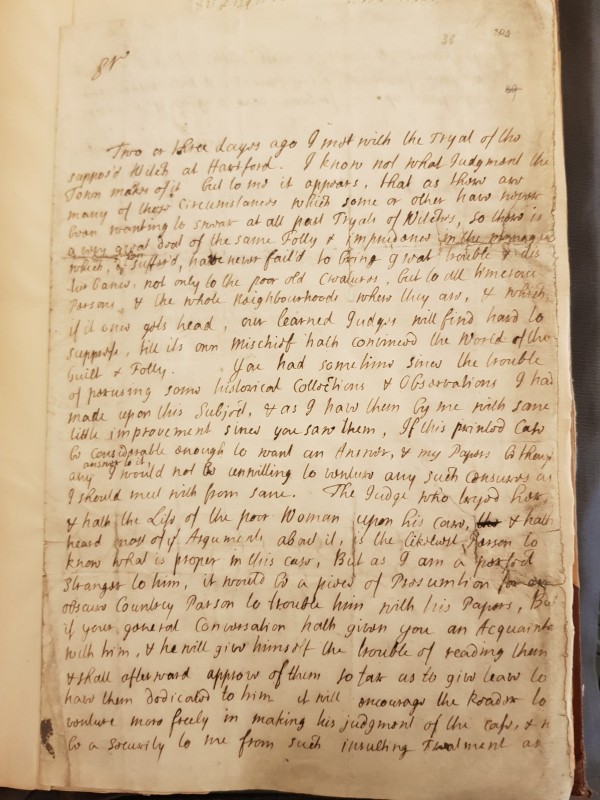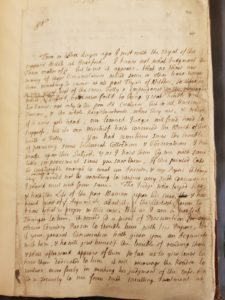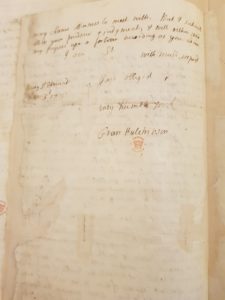Welcome to the 55th edition of The Giants’ Shoulders, a blog carnival that rounds up history of science blogging from the last month. This carnival takes as themes three issues that would have been very familiar to eighteenth-century collector and physician, Sir Hans Sloane: curiosities, utility and authority.
Curiosities for Sloane were wide ranging and could include interesting natural objects, strange stories, or ingenius man-made ones. Over at depictedscience there is an excerpt from Robert Hooke’s Micrographia (1664): a detailed picture of a fly as seen through a magnifying glass, along with a short description. Strange stories always captured the interest of early modern scientific minds. Adrienne Mayor at Wonders and Marvels writes on Sir Arthur Conan Doyle and a sea monster, while Laetitia Barber at Morbid Anatomy has some ideas on making your own ghosts. New inventions showed human ingenuity, such as the umbrella-vator from the 1780s (The Appendix tumblr) and the stethoscope (The Rose Melnick Medical Museum). Richard Carter at The Friends of Darwin porposes a theory for what some ancient Roman jars might be, reminding me of early Philosophical Transactions letters. But the greatest curiosity of all this month is the ideal historian of science spotted over at The Renaissance Mathematicus, though perhaps Thomas Young the polymath, discussed at OpenScientist, might have fit the bill.
Sloane, like many eighteenth-century people, believed that knowledge should be beneficial, especially to society as a whole. From Seb Falk we learn that knowing how to use an astrolabe could save your life, while Jonathon Keats at Culture Lab wonders whether the science in Sherlock Holmes stories would actually have worked. Maria Popova (Brain Pickings) recounts the tale of Charles Babbage’s fight against noise pollution, a battle that he eventually (sort of) won. Jai Virdi has a series of posts, starting with “The Pretensions of Dr. Turnbull“, that look at the nineteenth-century debates about the efficacy of Turbull’s treatments for deafness. Turnbull’s methods may have been in question, but Alfred Russel Wallace’s 1876 map of evolution in the natural world has stood the test of time, since it was only just updated in 2012. RIP to Rita Levi-Montalcini, a truly useful person who brought benefits to society throughout her life. She recently died at the age of 103 after a full life in which she overcame anti-semitism, a male-dominated establishment and scientific dogma — and won the Nobel prize.
Sloane lived at a time when medical and scientific authority was in flux, as they tried to establish who should be considered reliable–a question that hasn’t gone away, just changed form. Seth LeJacq discusses the different treatments for breast cancer preferred by early modern surgeons and their patients, while Vanessa Heggie considers the history of dieting advice. Kirsten Walsh at Early Modern Experimental Philosophy suggests that Isaac Newton and his contemporary experimental philosophers had fundamentally different worldviews, while Thony Christie asks who kept Stephen Grey from publishing in the Philosophical Transactions. Possibly Sloane… In December, there was a hullabaloo about science, authority, and criticism, which is summed up nicely by Rebekah Higgit who wonders what scientists and historians each bring to the analysis of science in society.
Museums are sites where authority, utility, and curiosity all come together, much as they did in Sloane’s own collections. At American Science, Lukas Rieppel ponders the rise and fall of a research mission in a natural history museum: what does it say about the broader society when a museum decides that research is no longer important? Sloane, who collected so that he might understand the world around him, would have been troubled by the lack of curiosity in curiosities.
Giants’ Shoulders #56 will be hosted by Michael Barton (@darwinsbulldog) at The Dispersal of Darwin on February 16. See you there!








![A woman is carrying a tray with a cup of chocolate [or maybe the pleurisy remedy?] and a glass on it. Credit: Wellcome Library, London.](http://sloaneletters.com/wp-content/uploads/2014/01/Cup-of-chocolate-221x300.jpg)
